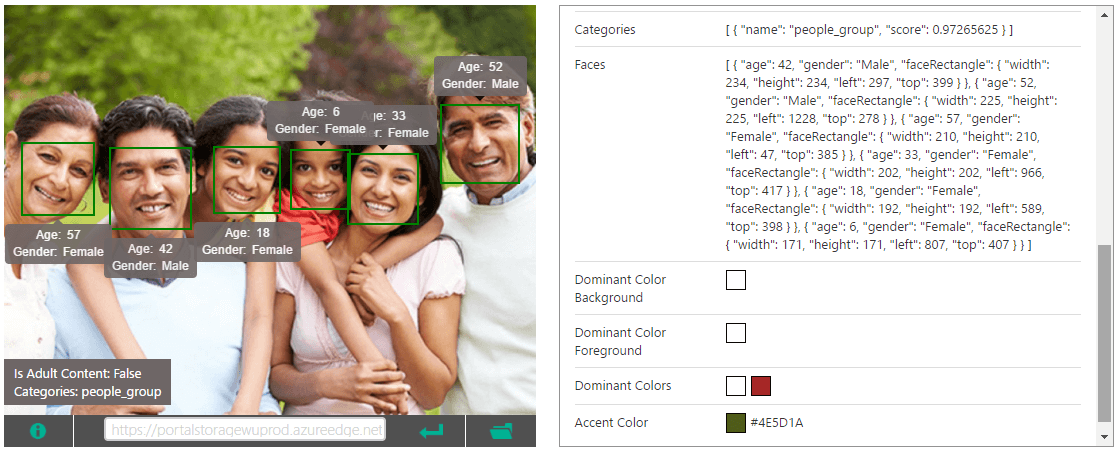At the recent SMMW conference, I attended a session on artificial intelligence (AI) and what it means for social media marketers. The session was fantastic (cheers to presenter Christopher S. Penn!) and left me thinking/dreaming about comprehensive AI applications for digital marketing ever since… From Social to SEO, how can this futuristic technology be applied to our daily marketing reality?
It’s an exciting question and one in which I’ll just be able to scratch the surface in this post with a high-level focus on the What, Why and How.
The What… What is it?
Artificial intelligence, with respect to digital marketing application, is more accurately referred to as machine learning with the most well-known example of this likely being Google’s RankBrain search update. Before we jump down the Google hole, though, let’s take a step back and first understand the types of AI solutions/services that are out there.
In regard to marketing application, the most common AI solutions currently tend to focus on:
- Language… understanding, processing, and generation
- Big data parsing and predictive analytics
- Pattern recognition
- Deep learning
A great example given by Mr. Penn, which illustrates the potential value of using a language-based AI technology, is understanding the tone and sentiment of a large set of social media posts.
How is this done? Through what is known as Natural Language Processing (NLP). What is that? The short, non-technical answer is teaching machines to understand human speech. A more technical explanation from the Marketing Artificial Intelligence Institute is:
Natural language processing (NLP) refers to a machine interpreting what human language means with an acceptable degree of accuracy. We might call this the machine “understanding” what is written. In some usages, NLP might also include elements of natural language generation, as a machine processes language, then generates more of it based on its understanding of a text.
For instance, Google Translate “understands” the text you type, then generates its translation in whatever language you select. NLP might also be used to detect—again, with varying degrees of accuracy—the emotional tone or sentiment of writing or produce a sensible summary of a longer piece of content. Apple’s Siri and Amazon’s Alexa are two popular consumer tools that use NLP.
Additionally, machine learning can be classified into two categories: supervised and unsupervised learning. In his presentation, Mr. Penn explained these as the following:
- Supervised learning: This is similar to an adult giving a child instructions to “find all the red blocks” preceded with visual cues/examples of the color red and the child then proceeding to identify the red blocks.
- Unsupervised learning: In this instance, the child would learn to classify/group all same-colored blocks together on her own.
Sound familiar? If this brings to mind RankBrain then you’re correct… however, the implications for marketers are far greater and what we will touch on next.
Why… Why Does it Matter?
Would you benefit from the ability to perform complex, manual tasks in a matter of seconds versus hours? How about analyzing large data sets to find specific patterns in competitor marketing behavior? I’m going to hop out onto a limb and assume the answer is a resounding “YES.” Given that, one of the most interesting examples from the session was for social media application. Imagine having the ability to sort through ALL of the images on Instagram and determine the most effective photo subject-matter that resonates with your audience in just seconds!
Or, from a competitive intel perspective… how about the ability to track any/all digital changes made by key competitors (e.g. website optimizations, social media updates, etc.) with one tool? The technology exists today that enables marketers to track a competitor’s comprehensive digital footprint for any changes, such as the addition or removal of product-oriented pages, which could indicate either the launch or discontinuation of a certain product.
Bottom line: the advancement and adoption of AI/machine learning opens up significant opportunities to begin solving complex problems and automating manual tasks at scale for increased efficiencies.
How… So How Do You Get Started?
Once a problem or desired outcome is identified it’s time to choose the appropriate machine-learning tool/service that can provide automated results at scale. Without question, this is cutting-edge technology, but fortunately, there are already a number of leading-edge providers offering AI services via API:
- Amazon AI services bring natural language understanding (NLU), automatic speech recognition (ASR), visual search and image recognition, text-to-speech (TTS), and machine learning (ML) technologies within the reach of every developer. Services Include:
- Rekognition – Image recognition
- Polly – Text-to-speech
- Lex – Voice and text chatbots
- Google Cloud Machine Learning provides modern machine learning services, with pre-trained models and a service to generate your own tailored models. Services Include:
- Machine Learning Engine – Machine learning models that work on any type of data
- Natural Language – Derive insights from unstructured text
- Speech – Speech to text conversion
- IBM Watson products and APIs can understand all forms of data to reveal business-critical insights, and bring the power of cognitive computing to your organization. Services Include:
- Discovery – Cognitive search and analytics engine
- Conversation – Conversational chatbot
- Knowledge Studio – Discover meaningful insights in unstructured data
- Microsoft Cognitive Services let you build apps with powerful algorithms using just a few lines of code. They work across devices and platforms such as iOS, Android, and Windows, keep improving, and are easy to set up. Services Include:
- Computer Vision – Image recognition and analysis
- Text Analytics – Detect sentiment, key phrases and topics
- Entity Linking – Recognize and identify words/phrases based on context
Depending on the problem you’re trying to solve (e.g. Text/Language, Analytics/Prediction, Pattern Recognition, etc.) choose the platform that best addresses your need and also has an API/SDK your dev team is able to integrate and implement. From there, go forth and conquer! There is much to be learned about our customers, prospects, and competitors and we are just at the beginning of what’s possible.
The Future of Machine Learning and Marketing
It’s fascinating to consider all of the potential opportunities that will eventually be realized. One, in particular, is the advancement of Natural Language Generation (NLG), which converts structured data into text based on specific rules. Working in tandem with Natural Language Processing, NLG can assist marketing teams to automate the creation and publishing of content at scale – think 1000s of articles per second type scale! Other exciting applications moving forward include content optimization, personalization, discovery/research and automated campaign management.
Happy learning and, for fun, check out Microsoft’s Computer Vision image analysis demo tool!


